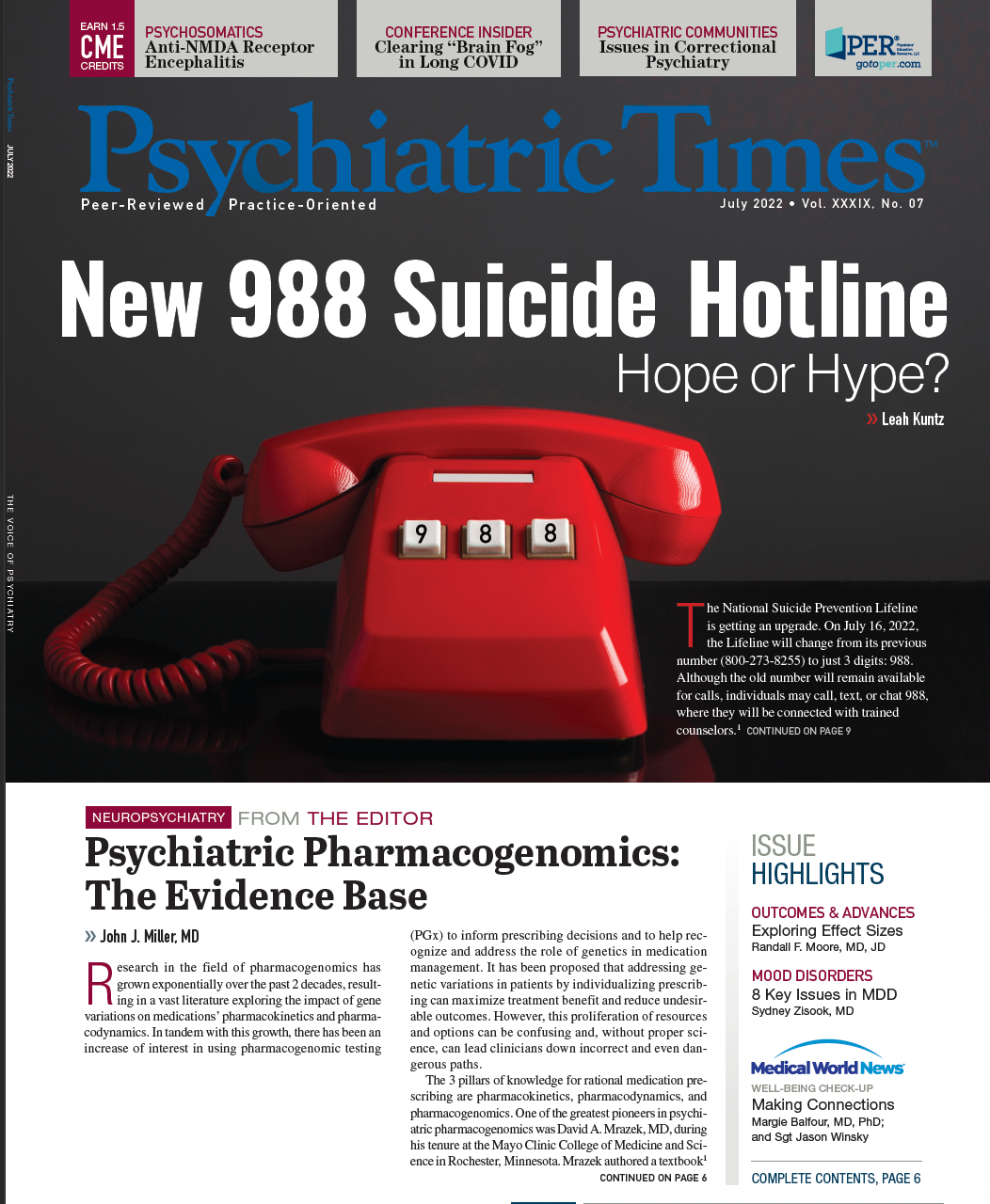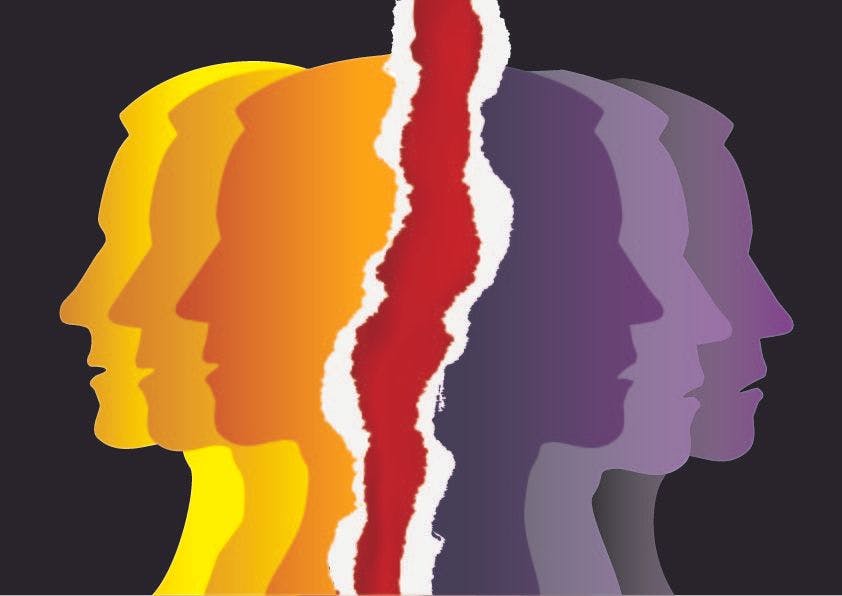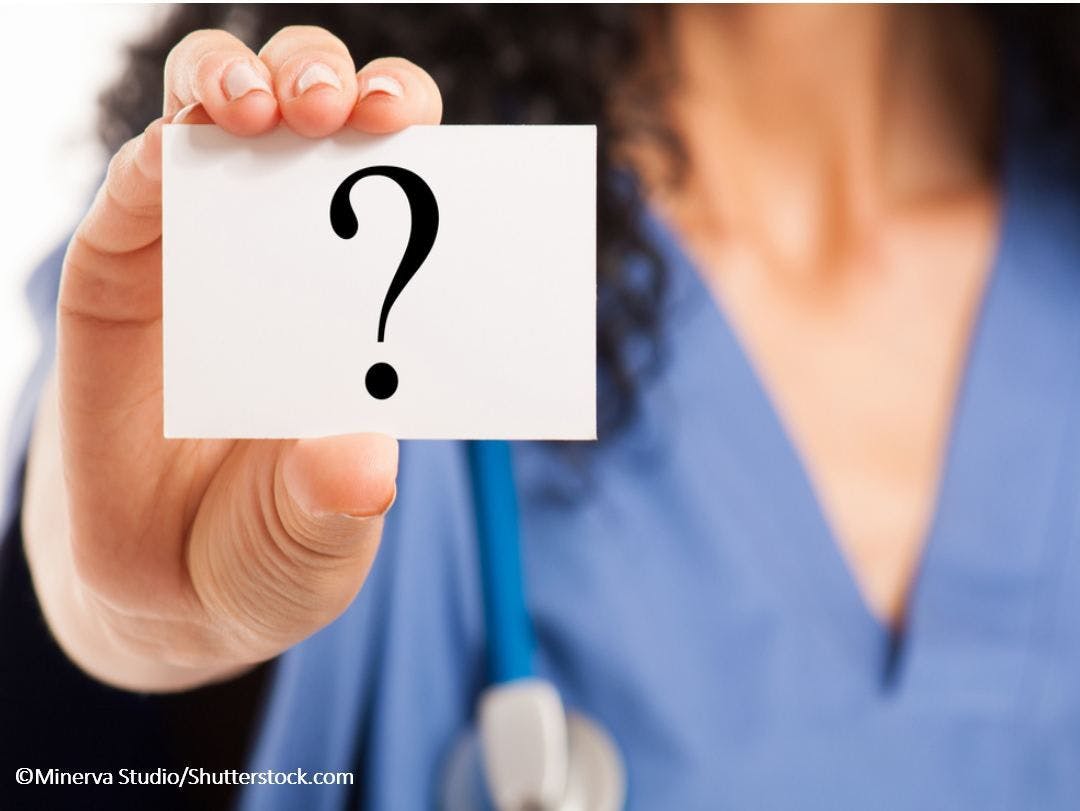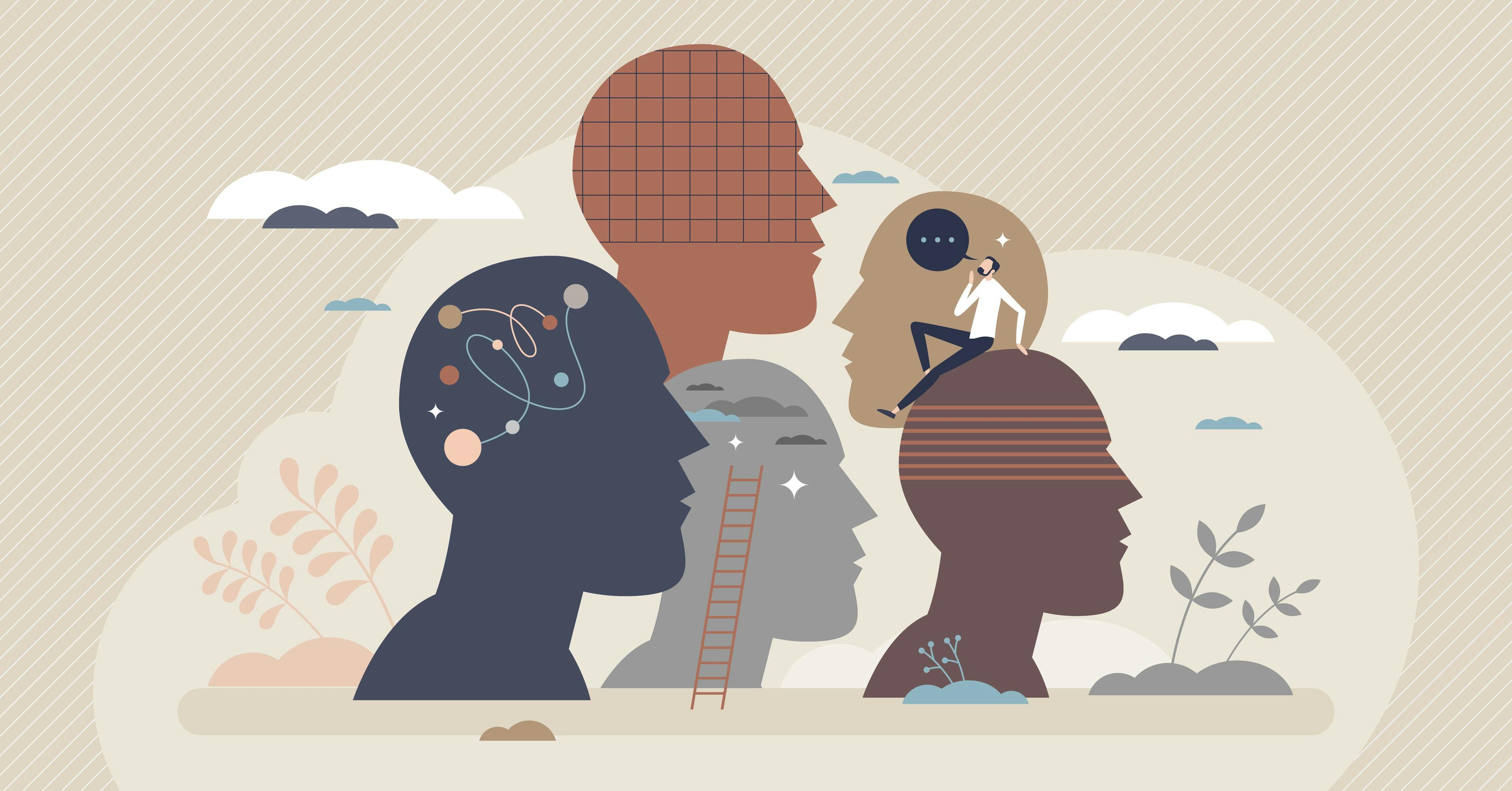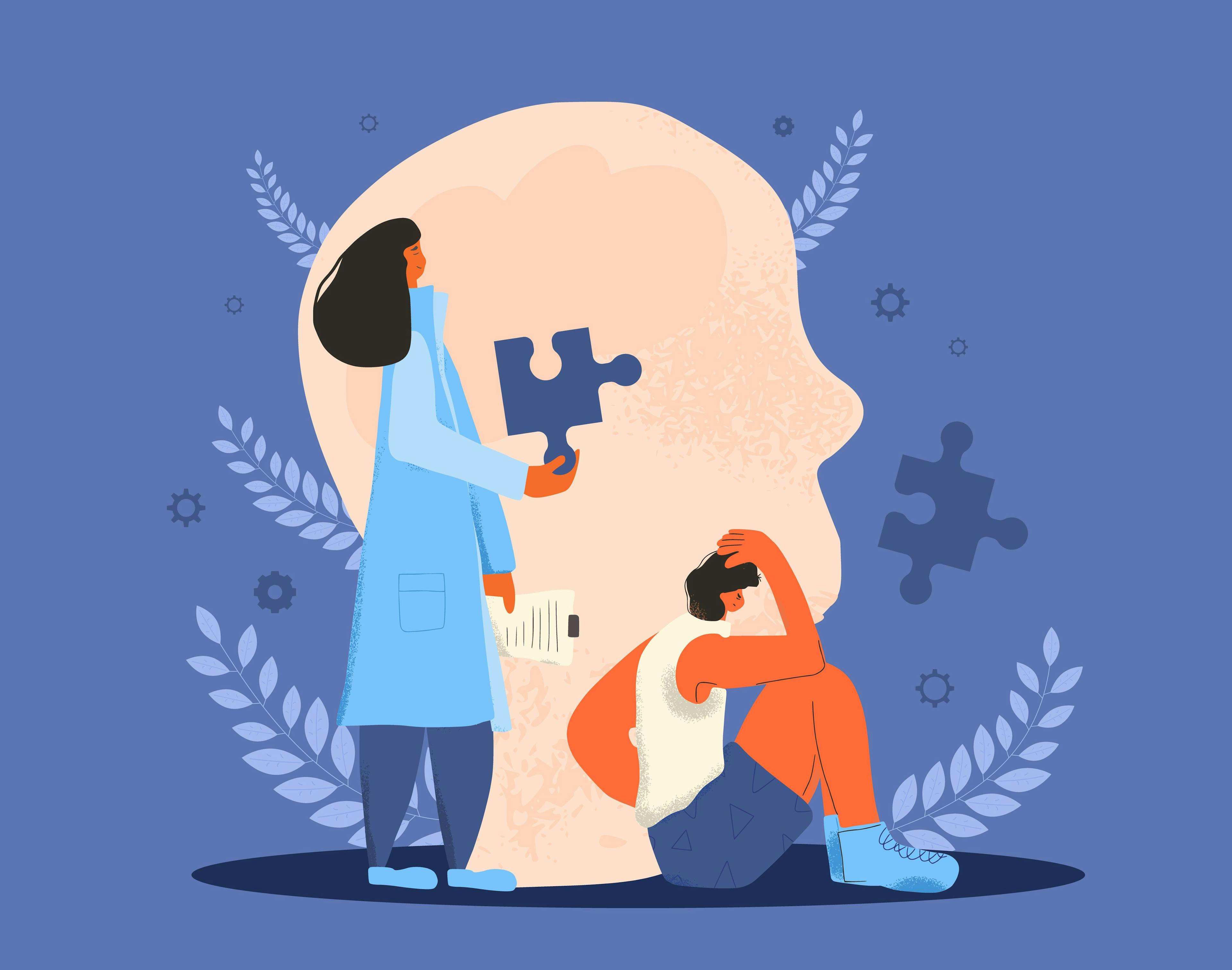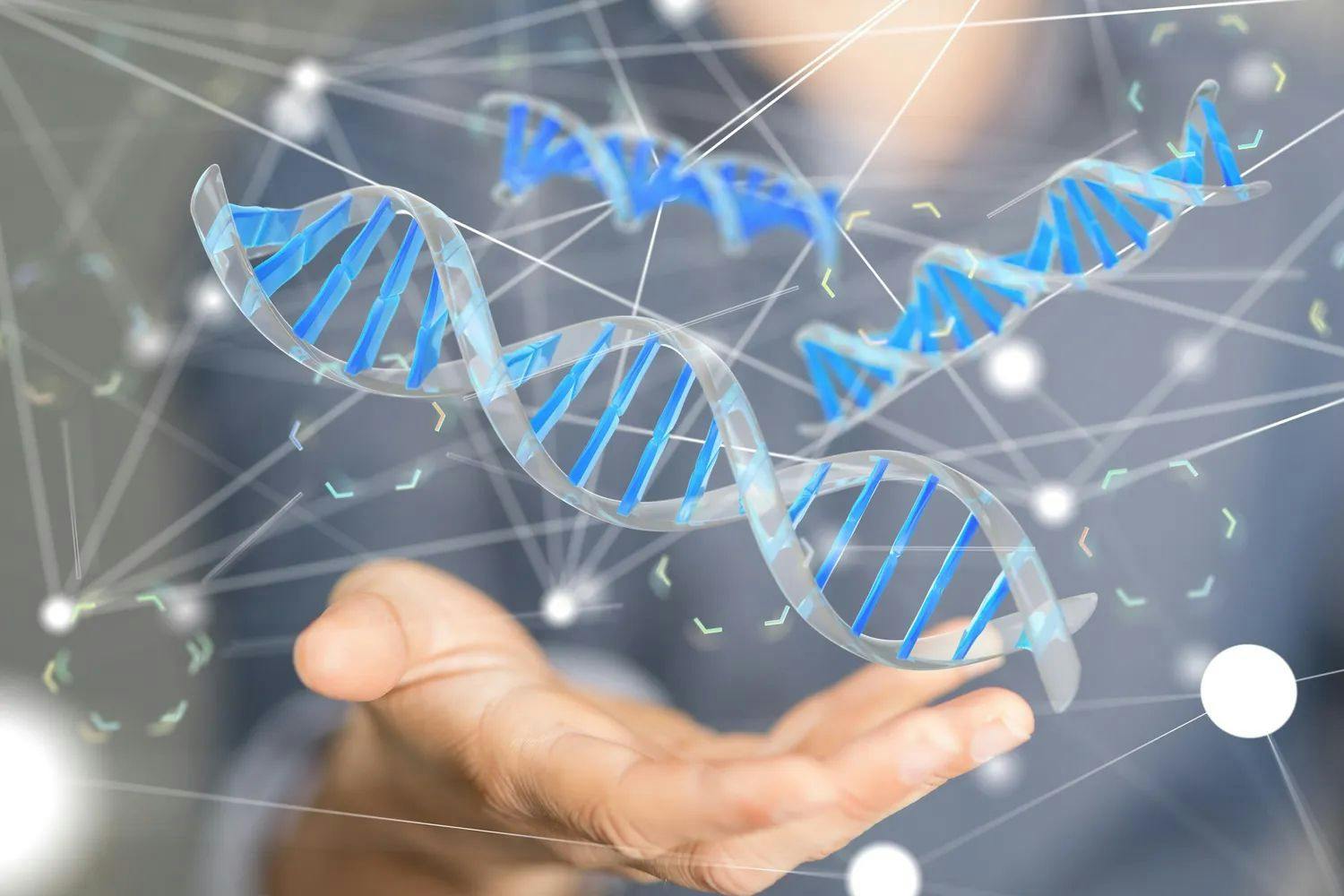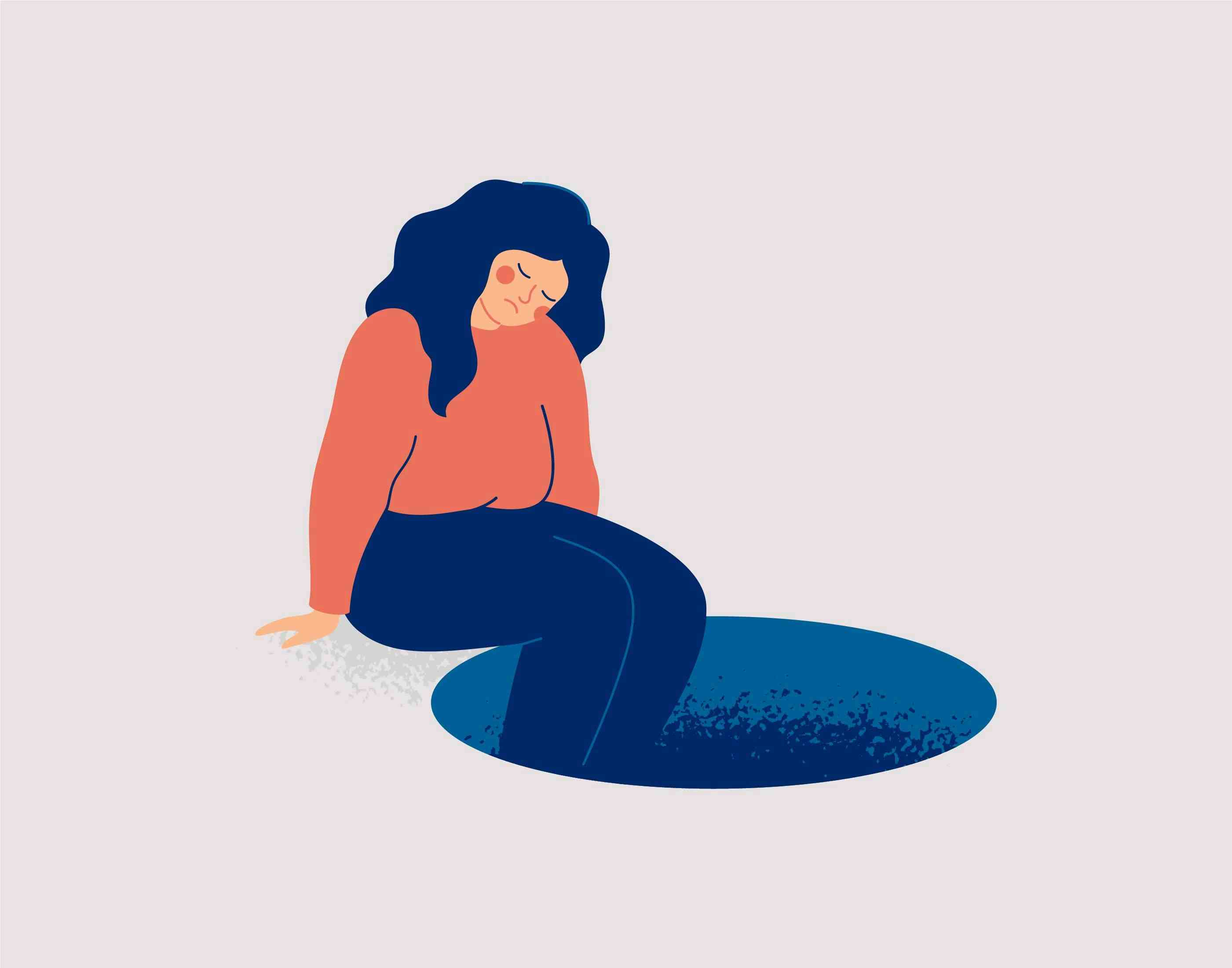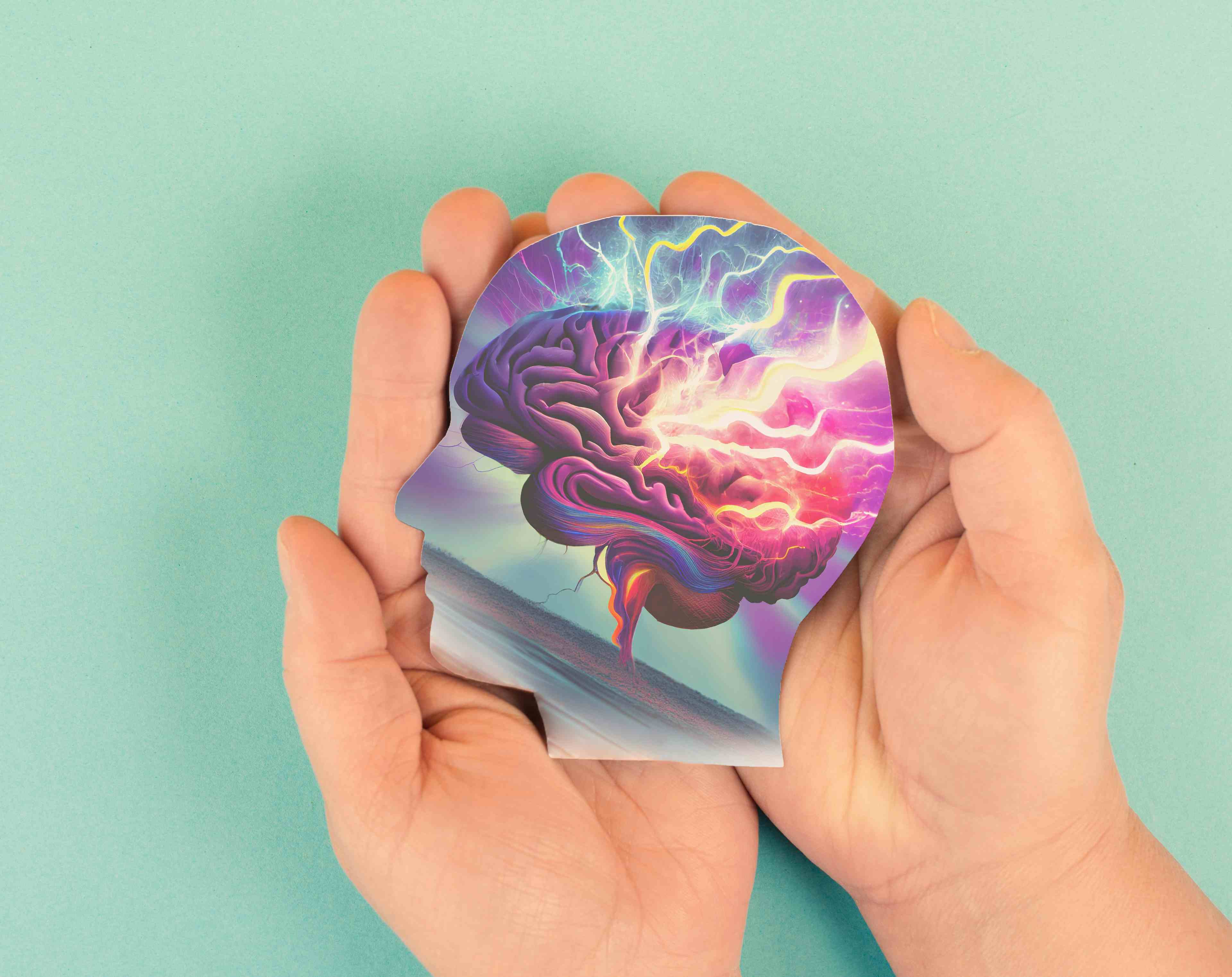Publication
Article
Psychiatric Times
8 Key Issues in the World of Major Depressive Disorder
Author(s):
What are the biggest challenges facing both clinicians and patients, and how can we address them?
KieferPix_AdobeStock

What are some of the key issues in major depressive disorder (MDD)? Here are my idiosyncratic top 8.
1. Accessibility. Despite the prevalence of disability, chronicity, morbidity, comorbidity, and premature mortality associated with MDD, most individuals with MDD receive inadequate treatment, if any. Members of low-income and minority populations are especially unlikely to receive treatment. But even in high-income countries, the World Mental Health Survey Initiative showed that only 22% of all individuals with 12-month MDD received minimally adequate treatment.1 Several factors contribute to this lack of treatment, including stigma about mental health in general and mental health care in particular, lack of knowledge about treatment availability and effectiveness, and the shortage of mental health providers both globally and in the United States.
In addition, out-of-pocket expenses may be prohibitive for individuals. Even for those with mental health insurance, it is increasingly difficult to find a provider, especially a psychiatrist, who accepts insurance. Clinicians who do accept insurance often have long waiting lists with available times that do not work for individuals with children or jobs.
Thus, unmet needs include increasing efforts to destigmatize mental health and its treatment; educating the public and clinicians about recognition, diagnosis, and effective treatments of MDD and its variants; increasing the mental health workforce; and providing better mental health care coverage.
2. Diagnostic challenges. Diagnostic reliability has been a problem since DSM-I and remains so through DSM-5-TR. MDD is a heterogeneous construct that limits communication, prognostic accuracy, and drug development, and it may be a key reason none of the current treatments are effective for more than about one-third of those receiving MDD diagnoses. There are 227 possible combinations of symptoms that can meet DSM-5 criteria for MDD, and 2 different patients with no overlapping symptoms can receive MDD diagnoses.2
Attempts to subtype MDD by clinical features (ie, anxious, mixed, atypical, catatonic, melancholic, psychotic), onset (ie, first episode, recurrent, childhood, seasonal, premenstrual, peripartum, menopausal, late life), trigger (ie, autonomous or after life adversity), state (ie, prodrome, episode, response, remission, recovery, treatment resistant, difficult to treat), comorbidity (ie, substance use, posttraumatic stress disorder, obsessive-compulsive disorder, generalized anxiety disorder, eating disorders, borderline personality disorder, pain, chronic and disabling general medical and neurological conditions), and other associated features (ie, early life adversity, suicidality, neurocognition, isolation, poverty, cultural diversity) by and large have not identified specific treatment targets.3
Other questions remain. For example, why does a diagnosis take 2 weeks? It may not make sense to wait 2 weeks when an individual has a history of severe, life-threatening episodes and a very recent onset of anhedonia, feelings of worthlessness, and suicidal thoughts. On the other hand, it may be wise to wait more than 2 weeks for first onset with mild symptoms ostensibly triggered by overwhelming interpersonal, health, or environmental stress. And why not include such common and disruptive symptoms as physical or psychic pain, anxiety, cognitive problems, irritability, or rumination?
The diagnosis of MDD does not yet map very well with underlying biology or treatment outcomes. The National Institute of Mental Health (NIMH) Research Domain Criteria (RDoC) was an attempt to improve upon our current symptom-based diagnostic system, but it has not been widely accepted or implemented. There are no easy solutions, but the quest to find a more reliable diagnosis for this all-important condition must continue.
3. Burnout and bereavement. Two additional diagnostic issues of import in contemporary psychiatry are the relationships of MDD to burnout and bereavement. About 40% of health care workers experience distressing symptoms of burnout, likely even more so since the start of the COVID-19 pandemic. In working in the physician wellness arena, I see many physicians complaining of burnout. Some come to me on previously prescribed antidepressant medications, which have essentially no positive effect on burnout. Others present with significant underlying MDD that has been misattributed to burnout.
This diagnostic confusion is at least in part explained by overlapping clinical features, such as unhappiness, low energy, poor sleep, and a defeatist attitude. But burnout is predominantly a job-related condition, the core feature of which is mental and emotional exhaustion related to ongoing work stress. MDD, on the other hand, is a persistent, pervasive, and pathological mental condition, the core features of which are unhappiness and the inability to find joy in anything. In burnout, self-esteem is preserved, whereas feelings of low self-worth and even worthlessness often predominate one’s self-view in MDD. In contrast to the experiences of those with MDD, individuals with burnout often retain the capacity to laugh, to appreciate the comfort and support of relatives and neighbors, to be consoled, and to recognize that what they are going through will lessen in time. The importance of differentiating burnout from depression may not be primarily an either/or proposition —wondering whether something is burnout or MDD—but one of identifying when an individual who presents with features and symptoms of burnout may also have MDD. Failure to do so risks the potential of missing the detection and opportunity to provide effective treatment for individuals suffering a serious, if not life-threatening, mental disorder.4
The DSM relationship between bereavement and MDD has had a somewhat convoluted history. In a well-intentioned effort to avoid medicalizing ordinary grief and the subsequent overprescription of antidepressants, DSM-III introduced the “bereavement exclusion,” which cautioned against diagnosing MDD after the death of a loved one. Subsequent research suggested that major depressive syndromes following bereavement did not meaningfully differ in nature, course, or outcome from depression of equal severity in any other context, or from MDD appearing out of the blue. Disqualifying a patient from a diagnosis of MDD simply because the clinical picture emerged after the death of a loved one risks closing the door on potentially life-preserving interventions.5
DSM-5 provides useful guidance on when to diagnose MDD in the postbereavement period. For example, in bereavement-related grief not accompanied by MDD, loss and preoccupation with the deceased person are predominant themes and self-esteem is usually preserved. In contrast, in MDD, persistent and pervasive unhappiness and the inability to enjoy anything are predominant themes, and feelings of worthlessness and self-loathing are common. In ordinary grief, waves of emotional pain are usually accompanied by positive emotions and fond recollections of the deceased. In MDD, pervasive misery and unhappiness are the norm. Despite these differential diagnostic guidelines, DSM-5 does not compel the diagnoses of MDD after bereavement but instead allows for clinical judgment by retaining the V code “uncomplicated bereavement.”
DSM-5-TR has added a new diagnosis, prolonged grief disorder (PGD), which is sometimes misdiagnosed as MDD or masked in someone who also has MDD. The DSM-5-TR criteria for PGD require that distressing symptoms of grief continue for at least 12 months following the death of someone close. The grief response is characterized by intense longing/yearning for the deceased person and/or preoccupation with thoughts and memories of the lost person to a clinically significant (ie, impairing) degree, nearly every day for at least the past month, along with at least 3 of the following 8 symptoms: (1) feeling as though part of oneself has died, (2) a marked sense of disbelief about the death, (3) avoidance of reminders that the person has died (often coupled with intense searching for things reminiscent of the deceased person and/or evidence that they are still alive, such as mistaking others for the person who died), (4) intense emotional pain (anger, bitterness, sorrow) related to the death, (5) difficulty with reintegration into life after the death, (6) emotional numbness (particularly regarding an emotional connection to others), (7) feeling that life is meaningless as a result of the death, and (8) intense loneliness as a result of the death. The burden of these symptoms causes clinically significant distress or impairment, and the duration and severity of the bereavement reaction clearly exceeds social, cultural, or religious norms for the individual’s culture and context.
PGD is a serious mental disorder that puts the patient at risk for intense distress, poor physical health, and shortened life expectancy. PGD can be differentiated from MDD in a similar manner to differentiating ordinary grief from MDD. In PGD, the dysphoria is more tied to yearning, pining, and preoccupied thoughts and memories of a loved one who has died rather than the more persistent, pervasive, all-encompassing misery of MDD. PGD can also be successfully treated, as shown in a series of randomized clinical trials comparing a 16-session PGD-targeted therapy versus treatments efficacious for major depression.6 Indeed, many patients in those trials had been aggressively treated for MDD for years before enrolling. Thus, clinicians who learn to accurately assess PGD and to offer or refer individuals for appropriate, targeted treatment can spare their patients years of suffering.7
4. Initial and next-step treatments. Despite many clinicians’ best efforts to select the antidepressant medication most likely to benefit their patient, many patients cannot tolerate a high enough dose to optimize benefits; of those who can, only about half to two-thirds respond and only about one-third achieve remission. Even among those who remit, relapse and recurrence are the norms, often within weeks to months after remission and many more times over the life span. At least one-third are considered to have treatment-resistant depression (TRD). Individuals with TRD have a much more debilitating form of illness than those with MDD, including increased mortality from suicide as well as all-causes mortality.8 Yet clinicians do not yet have solid, evidence-based, optimal pharmacologic choices for either first-step or next-step treatments. Given the prevalence of MDD and its associated morbidity and mortality, the search for optimal first-line and next-step treatments should be a national priority.
5. Difficult-to-treat depression. The concept of TRD, based solely upon failure to achieve remission with 2 or more adequately delivered medication trials, may have outlived its usefulness. A broader, perhaps more empathic, concept of difficult-to-treat depression (DTD) has been proposed to replace TRD.9 DTD is defined as “depression that continues to cause significant burden despite usual treatment efforts.” It considers not only symptomatic remission and response but also treatment intolerance, “poop-out,” relapse, recurrence, functioning, and quality of life.
In the DTD model, treatment combines optimization of symptom control, maximizing function and minimizing treatment burden where remission cannot be obtained.10 Although TRD may be seen to suggest a defeatist attitude to treatment, DTD is a more open concept that incorporates lifelong management and fosters a collaborative approach between the physician, patient, family members, and other providers to overcome difficulties and challenges. A patient-centered approach to lifelong disease management, based on shared decision-making around all aspects of treatment, is recommended.
6. The role of “out-of-the-box” interventional therapeutics. When I was training as a psychiatrist more than 50 years ago, we had tricyclic and monoamine oxidase inhibitor antidepressants, and we began the search for medications that were better tolerated, worked more quickly, were more effective for a broader range of patients, and had more sustainable effects. Several new medications and classes of antidepressants have been developed in the ensuing decades, but until very recently the search was focused exclusively on monoaminergic-based strategies.
More recently, the discovery of ketamine’s rapidly acting, profound antidepressant and antisuicidal effects has spurred great interest in finding other, nonmonoaminergic, “out of the box” treatments. Intranasal esketamine was the first of these to be approved, initially as an adjunctive treatment for TRD and more recently for depressive symptoms in adults with MDD and suicidal thoughts and behaviors. At the same time, we are seeing a resurgence of interest in psychedelic therapies. Several studies have suggested safety and rapidly acting effectiveness of psilocybin therapy for MDD and TRD, and more large, multisite randomized controlled trials are coming.11 Many unanswered questions about psychedelic therapy remain, involving ideal dosing; what forms of psychotherapy might best augment the drug’s effectiveness; how to best sustain effects and deal with relapse, recurrence, and long-term maintenance; and how to make these labor-intensive treatments feasible in outpatient treatment settings.
One of the most exciting aspects of psychedelic therapies is the marriage of pharmacotherapy and psychotherapy inherent in these interventions. This may present an aspirational model for all interventions and an important component of future training. Although great enthusiasm greets the promise of psychedelic therapies, we also are seeing increased interest and improvements in other nonpharmacologic treatments, such as repetitive transcranial magnetic stimulation.12 Thus, our tools for treating MDD are finally and rapidly extending beyond monoaminergic pharmaceuticals and a few evidence-based psychotherapies to new, innovative, and potentially game-changing interventions.
7. Training. An abundance of literature documents the superiority of antidepressant medication plus psychotherapy over medication alone for MDD. Yet when it comes to training the next generation of psychiatrists, we are observing a monumental paradox. Since 2013, the Accreditation Council for Graduate Medical Education (ACGME) standards and requirements for psychotherapy training in psychiatric residencies call for developing competencies in the areas of cognitive behavioral therapy, psychodynamic psychotherapy, and supportive psychotherapy in both brief and long-term formats, with optional experiences in group and couples/family therapy. However, fewer psychiatrists than ever are providing psychotherapy to patients with MDD, or any diagnoses for that matter.13 Fifty percent of psychiatrists do no psychotherapy, and only 10% regularly provide psychotherapy along with medications.14 This current state and evolving trend is unacceptable. The ACGME requirements have not served their purpose,15 and future training may benefit from fewer top-down mandates and more trust in training programs to implement their own standards and innovations.
8. Physician burnout, depression, and suicide. Physician distress is increasingly recognized as a professional and public health crisis. High rates of suffering including career dissatisfaction, secondary trauma or second victim phenomena (in psychiatry, often related to coping with patient suicide), burnout, substance abuse, depression, and suicide are all receiving national attention and calls for action.16 Although there has been outpouring of attention to recognize and attenuate physician burnout, far less attention has been allocated to the recognition and treatment of MDD in physicians. Yet, perhaps the most actionable prevention strategy for suicide is prompt recognition in optimal treatment of MDD.
Physicians have rates of MDD similar to the rest of the population but are no more likely—perhaps less so—to access treatment. This is due, in part, to continued stigma related to mental illness, but also to fears regarding the consequences of diagnosis and treatment on standing in the professional community and licensing, promotion, and insurance concerns. No doubt, avoidance of treatment relates to the high suicide rates noted in physicians. Distinguishing features of physician suicide include: female physicians die by suicide more often than females in the general population; suicide is the leading cause of death among male residents and the second-leading cause of death among female residents; physicians are more likely to have a job problem (hence, attention to improving well-being and reducing burnout cannot be overestimated); a higher proportion of physician and nurse suicide deaths are by overdose compared with the general population; depression is as significant a risk factor as among nonphysician suicide deaths; and physicians who took their lives were no more likely to be receiving mental health treatment compared with nonphysicians who took their lives.17,18
Preventing physician suicide requires evidence-based actions that multiple stakeholder groups can take, including regulatory agencies, licensing boards, and hospital privileging boards; specialty boards, professional associations, and continuing education organizations; medical educators; and individual clinicians.16 The key is that each of these constituencies prioritizes the well-being and mental health of the health care workforce—not just physicians, but the entire teams physicians work with—so they can live fully and practice their profession at the top of their game.
The very recently passed Dr. Lorna Breen Health Care Provider Protection Act, which requires the US Department of Health & Human Services (HHS) to take actions to improve mental and behavioral health and prevent burnout among health care providers, is a major step forward. Several national initiatives to address the issues of physician well-being, burnout, and suicide have emerged. What these programs have in common is attention to evidence-based practices, safe and accessible avenues for physicians to address mental health concerns, confidential and timely follow-up, and stigma reduction.16 At UC San Diego, the Healer Education Assessment and Referral (HEAR) Program offers a comprehensive educational program, proactive screening and warm referrals, crisis intervention and critical incident debriefing, ongoing confidential counseling/therapy for house staff, group support, peer supporter training, and interdisciplinary Schwartz Center Rounds.19 Each aspect of this comprehensive program is readily transportable to other institutions.
In summary, although there has been an explosion of knowledge in the neuroscientific basis of mental disorders, genomics, neuroimaging, and neuropsychology, there remains considerable room for growth in how we provide equitable access to evidence-based treatments; define and diagnose MDD; create evidence-informed first-step and next-step, personalized treatment decisions; conceptualize TRD and consider replacing or supplementing it with DTD; develop novel interventions that provide options for better tolerated, more effective, more sustainable treatments; more effectively train future clinicians to competently employ a broader spectrum of evidence-based treatments than the current norm; and shift the culture of medicine to one that prioritizes optimizing our own wellness and mental health.
No doubt readers will have their own ideas of what deserves to be in a top 8 list and may have different perspectives on my somewhat subjective views. We would love to hear from you!
Dr Zisook is a Distinguished Professor of psychiatry at the University of California, San Diego.
Want to learn more? Join Dr Zisook in San Diego for the 2022 Annual Psychiatric TimesTM World CME Conference.
References
1. Thornicroft G, Chatterji S, Evans-Lacko S, et al. Undertreatment of people with major depressive disorder in 21 countries. Br J Psychiatry. 2017;210(2):119-124.
2. Zimmerman M, Ellison W, Young D, et al. How many different ways do patients meet the diagnostic criteria for major depressive disorder? Compr Psychiatry. 2015;56:29-34.
3. Maj M, Stein DJ, Parker G, et al. The clinical characterization of the adult patient with depression aimed at personalization of management. World Psychiatry. 2020;19(3):269-293.
4. Oquendo MA, Bernstein CA, Mayer LES. A key differential diagnosis for physicians—major depression or burnout? JAMA Psychiatry. 2019;76(11):1111-1112.
5. Zisook S, Corruble E, Duan N, et al. The bereavement exclusion and DSM‐5. Depress Anxiety. 2012;29(5):425-443.
6. Shear MK, Reynolds CF 3rd, Simon NM, et al. Optimizing treatment of complicated grief: a randomized clinical trial. JAMA Psychiatry. 2016;73(7):685-694.
7. Prigerson HG, Shear MK, Reynolds CF 3rd. Prolonged grief disorder diagnostic criteria—helping those with maladaptive grief responses. JAMA Psychiatry. 2022;79(4):277-278.
8. Li G, Fife D, Wang G, et al. All-cause mortality in patients with treatment-resistant depression: a cohort study in the US population. Ann Gen Psychiatry. 2019;18:23.
9. McAllister-Williams RH, Arango C, Blier P, et al. Reconceptualising treatment-resistant depression as difficult-to-treat depression. Lancet Psychiatry. 2021;8(1):14-15.
10. Rush AJ, Sackeim HA, Conway CR, et al. Clinical research challenges posed by difficult-to-treat depression. Psychol Med. 2022;52(3):419-432.
11. van Amsterdam J, van den Brink W. The therapeutic potential of psilocybin: a systematic review. Expert Opin Drug Saf. 2022;1-8.
12. Rossi S, Antal A, Bestmann S, et al. Safety and recommendations for TMS use in healthy subjects and patient populations, with updates on training, ethical and regulatory issues: expert guidelines. Clin Neurophysiol. 2021;132(1):269-306.
13. Rush AJ. Making therapy widely available: clinical research triumph or existential catastrophe? Am J Psychiatry. 2022;179(2):79-82.
14. Tadmon D, Olfson M. Trends in outpatient psychotherapy provision by U.S. psychiatrists: 1996-2016. Am J Psychiatry. 2022;179(2):110-121.
15. Yager J, Katzman JE. Bureaucrapathologies: galloping regulosis, assessment degradosis, and other unintended organizational maladies in post-graduate medical education. Acad Psychiatry. 2015;39(6):678-684.
16. Moutier CY, Myers MF, Feist JB, et al. Preventing clinician suicide: a call to action during the COVID-19 pandemic and beyond. Acad Med. 2021;96(5):624-628.
17. Ye GY, Davidson JE, Kim K, Zisook S. Physician death by suicide in the United States: 2012–2016. J Psychiatr Res. 2021;134:158-165.
18. Gold KJ, Schwenk TL, Sen A. Physician suicide in the United States: updated estimates from the National Violent Death Reporting System. Psychol Health Med. 2021:1-13.
19. Norcross WA, Moutier C, Tiamson-Kassab M, et al. Update on the UC San Diego Healer Education Assessment and Referral (HEAR) program. J Med Regul. 2018;104(2):17-26. ❒
